Before you even start eating, drink a glass of water.
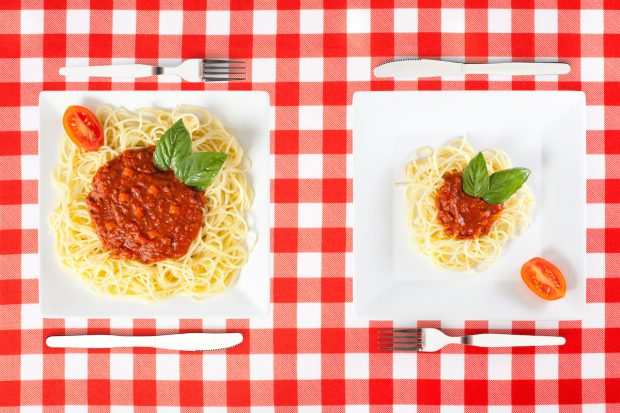
Are you serious about losing weight? Throw fad diets out the window and opt for learning the size of a healthy portion.
According to the Centers for Disease Control, the weight of American men and women has continued to climb, with the average BMI tipping obesity. These alarming statistics require a drastic change in how we approach food.
Forming life-long habits as opposed to quick dieting fixes is a surefire way to lose weight and keep it off. And this doesn’t mean depriving yourself of your favorite foods. It means understanding portion size and aiming to stick to a single serving instead of overeating. This practical approach to food can be adapted to any way of life, even if most of your meals are eaten away from home.
If you’ve found yourself having portion control trouble, try these six easy tips.
#1 Be Aware of Serving Sizes
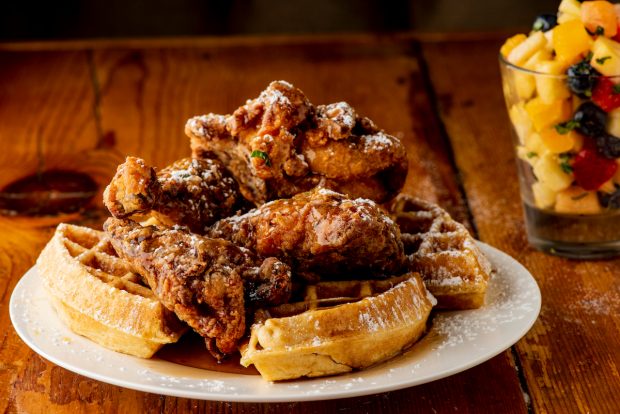
Order from any restaurant and be prepared to get served two, if not more portions. But if you know what to expect before you head to your favorite diner, you can plan accordingly. Split the meal with your partner or friend. If they’re not into sharing, ask for a to-go box and wrap up half the meal before you start chowing down. This will keep you from overeating and give you more bang for your buck—you’ll have leftovers for your next meal.
#2 Eat From Home
To control your portions and ensure you’re eating nutritiously, it’s far more helpful to eat most of your meals from home. You’ll know exactly what’s in the food you prepare, unlike guessing which fat (and how much of it) your steak was fried in at your favorite local restaurant. Additionally, you can control how much food lands on your plate.
One helpful trick is to downsize your plate. Instead of eating from your huge dinner plates, try your salad-sized dishes instead. With this simple shift in portion size, you can save yourself up to 600 calories.
Another trick is to use measuring cups to dole out optimal portion sizes. When it comes to protein, it’s helpful to invest in a scale to measure three to four ounces per serving. If you don’t have that option, make a fist. A portion size should be no larger than your fist. Use this helpful guide to determine portion sizes.
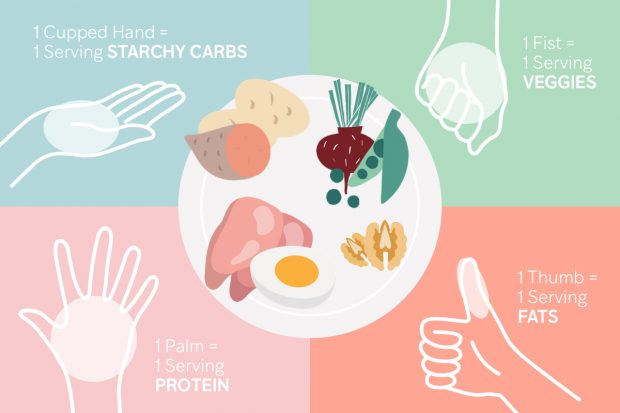
Need some inspiration? Try 1000+ delicious (and healthy) recipes with on- or offline access to shopping lists directly in the Gymondo app.
#3 Prepare a Balanced Plate
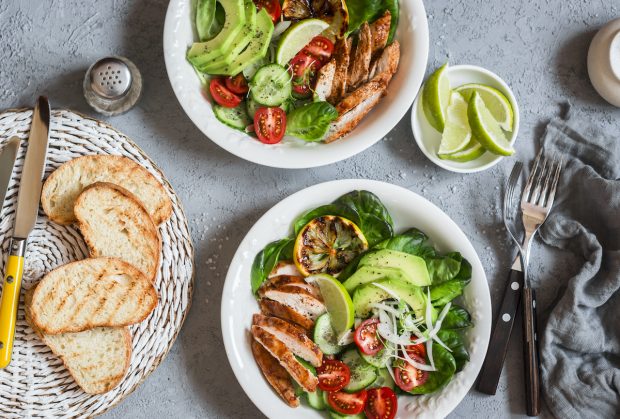
Grab a plate from your cupboard and divide it into fourths. One-fourth of your plate should include a lean source of protein. Two-fourths of your plate should include leafy green vegetables. The final one-fourth of your plate should be divided between a starchy carb (potatoes, pasta, sweet potato mash, etc.) and yep, you guessed it, more green leafy vegetables. Add in a sliver of fat (avocado, nuts, olive oil, etc.) and you’re good to go.
#4 Get Over Your Fear of Carbs
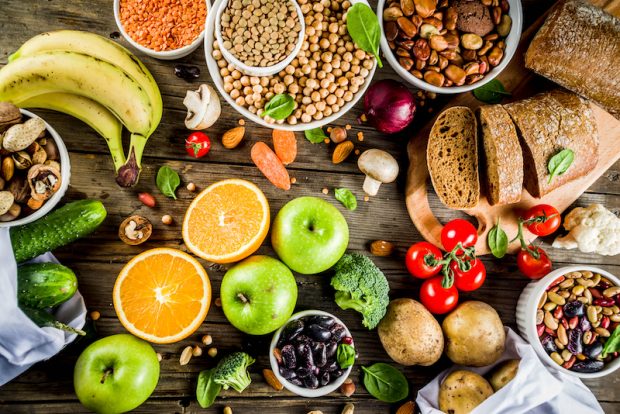
If you’re consuming the right types of carbs in the right amounts—whole grains, sweet potatoes, green, leafy vegetables, etc.—you won’t get fat. In fact, you need carbs. They provide satiety (the feeling of fullness) and are incredible in fighting off chronic diseases. What you need to beware of are simple carbs—donuts, oversized bagels, sweetened cereals and baked goods. These products are filled with sugar, fat and other additives that pack on the pounds.
#5 Keep a Food Diary

It’s hard to be aware of what, how often and how much we eat if we don’t keep track of what we’re fueling our temple with. Try keeping a food log for one week. Record everything you eat, including the amount, where the food is from and the time of day you ate. Jot down how you felt that day, how much exercise and fresh air you got and how much rest you received the night before.
Were you tired and sluggish that day? Did you feel depressed? Or maybe you felt energized and well-rested? Review your notes after a week and see if you recognize any triggers or patterns. For example, if you got little sleep, did you overeat or have specific cravings? If you felt bored, did you hit the snack bar? The way you feel triggers what foods you eat and how much you consume. Learning more about your food cravings and temptations will help you understand your eating patterns. Then, you can make the appropriate changes based on your triggers.
#6 Don’t Deprive Yourself of the Foods You Love
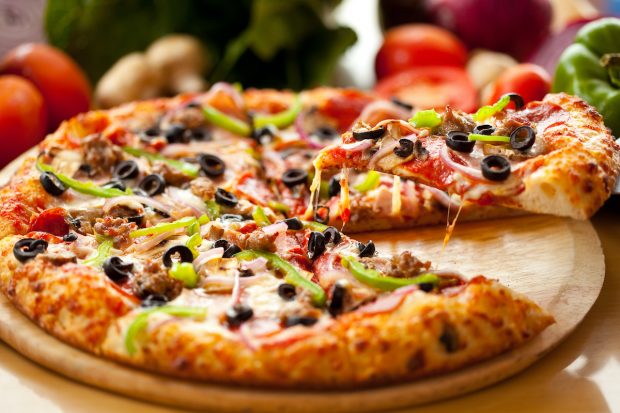
There are dangers in depriving yourself of the foods you love, even the “not-so-good-for-you” varieties. It’s OK to give yourself a reward meal each week. And it’s absolutely fine to allow yourself a small treat each day—dark chocolate, a ½ cup of ice cream, a cookie or whatever it is you’re craving.
Listen to your body. If it’s craving something sweet, salty or fatty, give in to temptation but do so in moderation. This will keep you from a breaking point where you devour an entire tub of ice cream in one sitting.
If you don’t trust yourself, incorporate treats into your weekly food plan. This will keep you on track to reach your goals and give you a reward for working so hard at getting fit and feeling happy.
Whether you’ve been struggling to take control of your portions or overall health, we’re here to help. Join over 1.6 million happy users in their quest to get fit and feel happy.







